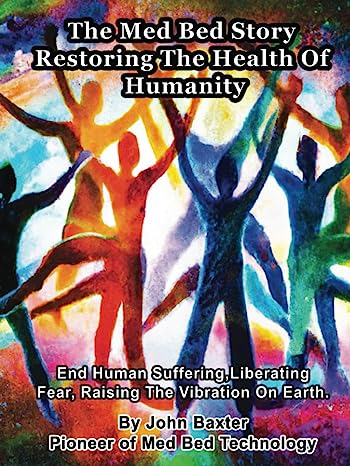Nikola Tesla, a pioneering figure in electrical engineering, delved deeply into the realms of resonance and vibrational frequency, exploring their implications for both science and technology. This article unravels Tesla's insights into these phenomena and provides a practical guide on how to calculate vibrational frequency, a concept that remains central to modern physics and engineering.
Understanding Vibrational Frequency
Vibrational frequency, in the context of physics, refers to the rate at which an object oscillates around an equilibrium point. Everything in the universe has a vibrational frequency, from the smallest atomic particles to large architectural structures. Tesla’s exploration of these principles led to significant breakthroughs in electrical resonant systems.
Tesla’s Contribution to Vibrational Frequencies
Tesla’s experiments with electrical circuits revealed how resonance and vibrational frequencies could be harnessed to increase the efficiency of energy transmission and generation.
1. Resonance in Tesla Coils
- Overview: Tesla Coils operate on the principle of electrical resonance, where the coil resonates at a natural vibrational frequency to produce high voltages.
- Application: By tuning a Tesla Coil to the right frequency, Tesla demonstrated the potential to transmit electrical energy through the air without wires, a precursor to modern wireless technologies.
2. Wireless Energy and Resonance
- Innovation: Tesla used the concept of resonant frequencies to experiment with wireless energy transfer. By matching the vibrational frequencies of the transmitter and receiver, he achieved efficient energy transfer over distances, a concept that has modern applications in wireless charging technologies.
How to Calculate Vibrational Frequency
Calculating vibrational frequency is essential in many fields, including mechanical engineering, acoustics, and electronics. Here’s a simple guide on how to do it:
1. Basic Formula
- Explanation: The formula to calculate the vibrational frequency involves understanding the relationship between the mass of the object and the stiffness or elasticity of the system it interacts with.
2. For Electrical Circuits
- Explanation: In electrical systems like radios or Tesla coils, finding the right frequency involves considering the components' inductance and capacitance. Tuning these elements correctly allows for the optimal function of the circuit.
3. In Mechanical Systems
- Example: For systems like a swinging pendulum, the frequency can be influenced by factors like the length of the pendulum and local gravitational forces.
Modern Applications and Ethical Considerations
Tesla’s work laid the groundwork for numerous modern applications, from the precise calibration of medical devices and earthquake detection systems to the development of new wireless power technologies. However, as we advance these technologies, ethical considerations must be addressed, particularly concerning electromagnetic pollution and its potential impacts on health.
Conclusion: Tesla’s Legacy in Vibrational Science
Nikola Tesla’s insights into resonance and vibrational frequencies have profound implications, influencing everything from quantum physics to architectural design. His legacy teaches us that by understanding and manipulating natural frequencies, we can not only devise more efficient technologies but also unlock new scientific frontiers.




